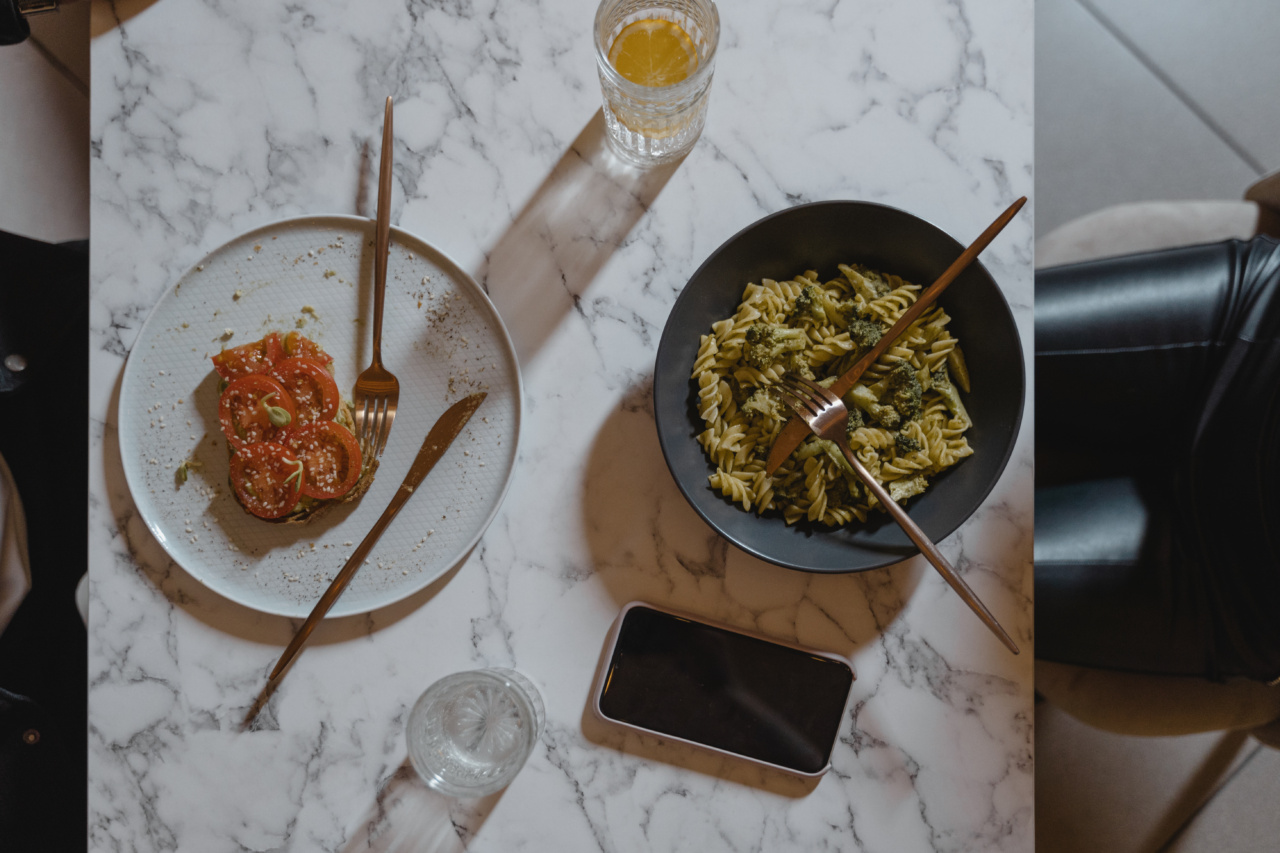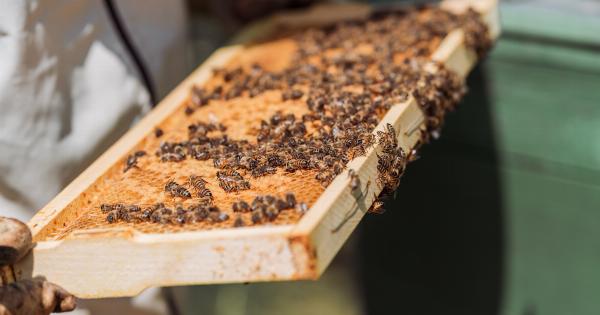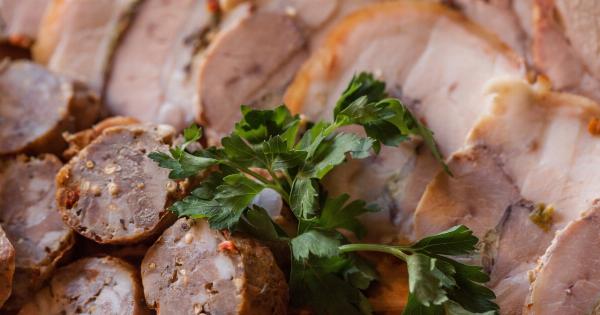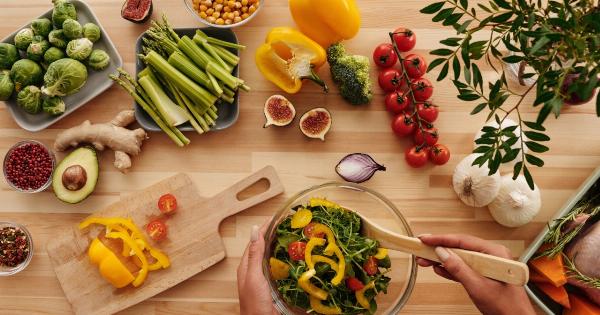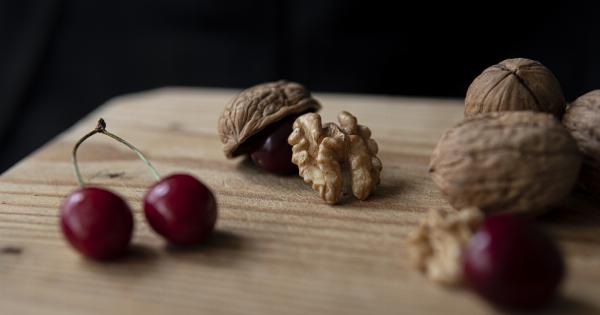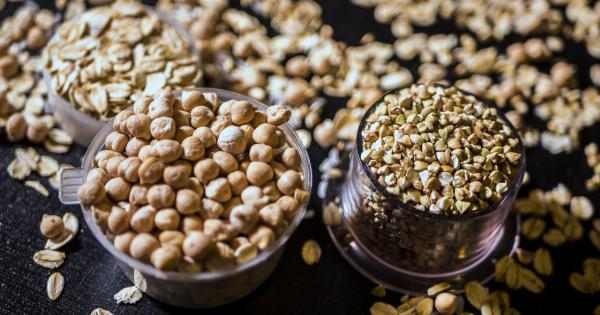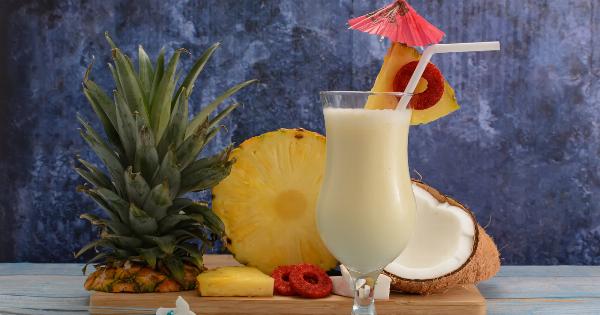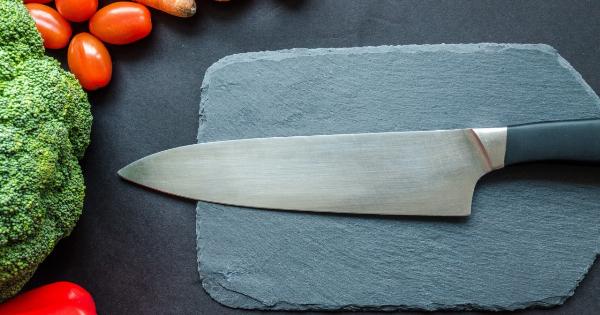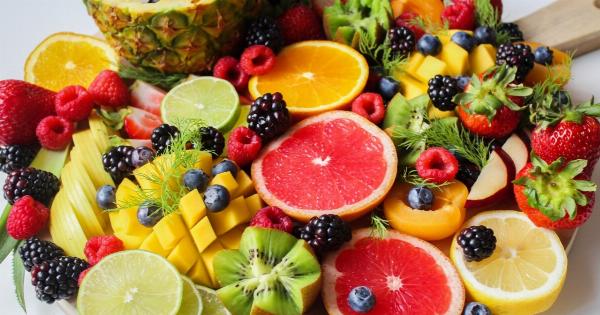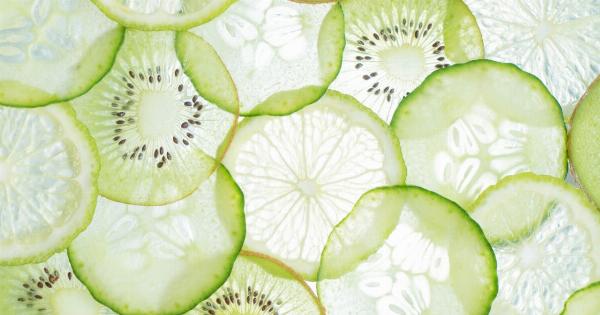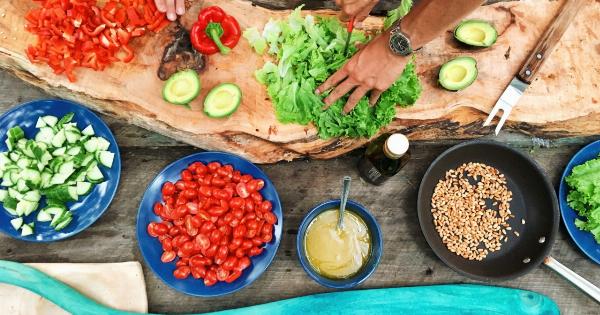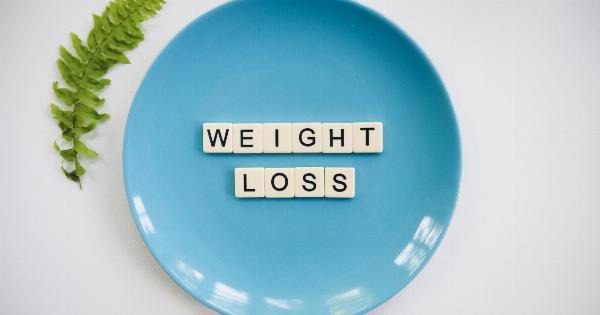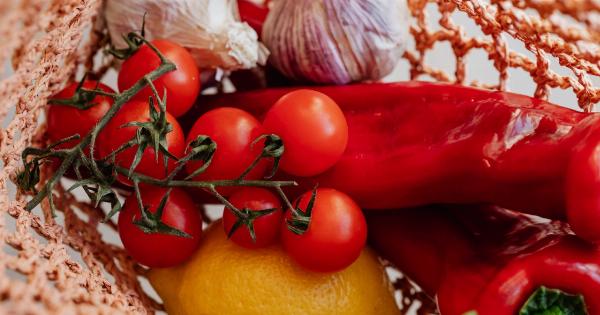Iron is a crucial mineral that plays a vital role in various bodily functions, including the transportation of oxygen in the blood.
While many people assume that vegetarians and vegans are at a higher risk of iron deficiency due to the absence of animal products in their diet, it is indeed possible to maintain adequate iron levels on a plant-based diet. With careful food choices and proper knowledge, vegetarians and vegans can easily meet their iron needs while enjoying a diverse and nutritious menu.
Here we will explore some iron-rich foods that are particularly beneficial for those following a vegetarian or vegan lifestyle.
The Importance of Iron
Iron is an essential nutrient required by the body for the production of hemoglobin, a molecule found in red blood cells responsible for carrying oxygen from the lungs to the rest of the body.
It also supports energy production, cognitive function, and the immune system.
Iron exists in two forms: heme iron and non-heme iron. Heme iron is found in animal-based foods and is more easily absorbed by the body compared to non-heme iron, which is the form present in plant-based foods.
While vegetarian and vegan diets rely solely on non-heme iron sources, it is entirely possible to meet the recommended daily intake through a combination of nutritious plant foods.
Top Iron-Rich Foods for Vegetarians and Vegans
1. Legumes
Legumes, such as lentils, beans, and chickpeas, are not only high in protein and fiber but are also excellent sources of iron.
One cup of cooked lentils contains around 6.6 milligrams of iron, which is approximately 37% of the recommended daily intake for adults. Incorporating legumes into your meals, whether through soups, stews, or salads, can substantially contribute to your iron stores.
2. Tofu and Tempeh
Tofu and tempeh, both derived from soybeans, are versatile plant-based protein sources that are also rich in iron.
A half-cup serving of tofu contains around 3.5 milligrams of iron, while approximately the same amount of tempeh provides around 2.2 milligrams. These soy-based products can be used in various dishes, from stir-fries to sandwiches, to increase your iron intake.
3. Quinoa
Quinoa is a protein-packed grain that offers numerous health benefits, including its iron content. With around 2.8 milligrams of iron per cup, quinoa stands out as an excellent option for both vegetarians and vegans.
It is also a complete protein, meaning it provides all nine essential amino acids necessary for optimal health.
4. Nuts and Seeds
Nuts and seeds not only add a delightful crunch to meals but are also great sources of iron. Almonds, cashews, and pumpkin seeds are particularly rich in this essential mineral.
For instance, a quarter-cup of pumpkin seeds contains approximately 4.2 milligrams of iron. Sprinkle them over salads or include them in your homemade trail mixes to boost your iron intake.
5. Dark Leafy Greens
Dark leafy greens, including spinach, kale, and Swiss chard, are nutritional powerhouses that offer many health benefits, including being packed with iron. One cup of cooked spinach contains about 6.4 milligrams of iron.
To enhance iron absorption, pair your leafy greens with vitamin C-rich foods, such as citrus fruits or bell peppers, as vitamin C aids in iron absorption.
6. Iron-Fortified Foods
Many plant-based products are fortified with iron to ensure adequate intake, especially for vegetarians and vegans. These include fortified breakfast cereals, bread, and plant milk.
Checking product labels and choosing fortified options can be an easy and convenient way to increase your iron intake.
7. Dried Fruits
Dried fruits, such as raisins, apricots, and figs, are tasty snacks that also provide a decent amount of iron. A half-cup serving of dried apricots contains approximately 2 milligrams of iron.
However, it is essential to consume them in moderation due to their high sugar content.
8. Whole Grains
Whole grains, including oats, brown rice, and quinoa, contain higher amounts of iron compared to refined grains.
Incorporating these nutritious grains into your meals can boost your iron intake and provide other essential nutrients, including fiber and B vitamins.
9. Molasses
Blackstrap molasses, a thick, dark syrup, is a concentrated source of iron. Just two tablespoons of molasses can provide around 3.6 milligrams of iron, making it a valuable addition to your plant-based pantry.
It can be used as a natural sweetener in baking or added to smoothies and sauces to enhance both flavor and iron content.
10. Seaweed
Seaweed, commonly consumed in Asian cuisine, is not only rich in essential minerals but also a good source of iron. A type of seaweed known as nori, often used to wrap sushi, contains approximately 2.4 milligrams of iron per 10-gram sheet.
Including seaweed in your diet can not only increase your iron intake but also provide other vital nutrients, including iodine and omega-3 fatty acids.
Optimizing Iron Absorption on a Plant-Based Diet
While plant-based foods can provide sufficient iron, it is essential to optimize iron absorption for overall iron status. Here are a few tips to enhance iron absorption:.
1. Combine Iron Sources with Vitamin C
Vitamin C enhances the absorption of non-heme iron. Pairing iron-rich foods with those high in vitamin C, including citrus fruits, berries, and bell peppers, can boost your body’s utilization of iron.
2. Avoid Consuming Iron-Rich Foods with Inhibitors
Certain compounds, such as phytates and tannins, can hinder iron absorption. To maximize iron intake, it is advisable to avoid combining iron-rich foods with coffee, tea, and calcium-rich foods, as they can inhibit iron absorption.
3. Cooking Techniques
Some cooking techniques, like soaking, fermenting, and sprouting, can help reduce the levels of phytates in legumes, nuts, and seeds, consequently enhancing iron absorption. Including these methods in your food preparation can be beneficial.
In Conclusion
Meeting iron requirements on a vegetarian or vegan diet is completely achievable with the wide array of iron-rich plant-based foods available.
By incorporating legumes, tofu, tempeh, quinoa, nuts, seeds, dark leafy greens, iron-fortified foods, dried fruits, whole grains, molasses, and seaweed into meals while optimizing iron absorption, individuals can maintain healthy iron levels and support their overall well-being.
